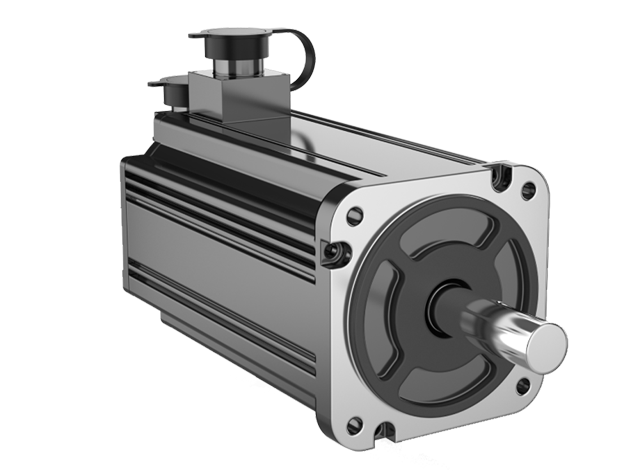A servo motor is an engine that controls the operation of mechanical components in a servo system. Servo motor rotor speed is controlled by the input signal, and can react quickly, in the automatic control system, used as an executive component, and has the characteristics of small electromechanical time constant, high linearity, starting voltage, etc., can convert the received electrical signal into the angular displacement or angular speed output on the motor shaft. Divided into DC and AC servo motor two categories.
1. Initialize parameters
Initialize parameters before wiring. On the control card: select the control mode; Clear PID parameters to zero; Turn off the enable signal by default when the control card is powered on. Save this state to ensure that it is in this state when the controller card is powered on again.
On the servo motor: set the control mode; Settings enable external control; Gear ratio of encoder signal output; Set the proportional relationship between the control signal and the motor speed. In general, it is recommended that the maximum design speed in the servo operation corresponds to the control voltage of 9V.
2. Wiring
Power off the control card and connect the signal line between the control card and the servo. The following lines must be connected: the analog output line of the control card, the enable signal line, the encoder signal line of the servo output. After checking that there is no error in the wiring, the servo motor and the control card (and the PC) are powered on. At this time, the motor should not move, and can be easily rotated with external force, if not, check the setting and wiring of the enable signal. Turn the motor with an external force, check whether the control card can correctly detect the change in the position of the motor, otherwise check the wiring and setting of the encoder signal.
3. Test directions
For a closed-loop control system, if the direction of the feedback signal is not correct, the consequences are certainly disastrous. Turn on the enable signal of the servo via the control card. This is where the servo should turn at a lower speed, which is the legendary “zero drift”. Generally, there will be instructions or parameters on the control card to suppress zero drift. Use this command or parameter to see if the speed and direction of the motor can be controlled by this command (parameter). If it cannot be controlled, check the parameter Settings of analog wiring and control mode. Confirm that the positive number is given, the motor is turning forward, and the encoder count is increased; Given a negative number, the motor rotates backwards and the encoder count decreases. If the motor has a load and limited travel, do not use this method. Do not give too much voltage to the test, it is recommended to be below 1V. If the direction is not consistent, you can modify the parameters on the control card or the motor to make them consistent.
4, inhibit zero drift
In the closed-loop control process, the existence of zero drift will have a certain influence on the control effect, and it is best to restrain it. Using the control card or the parameters on the servo to suppress zero drift, carefully adjust the speed of the motor to approach zero. Since the zero drift itself also has a certain randomness, it is not necessary to require the motor speed to be absolutely zero.
5. Establish closed-loop control
Once again, the servo enable signal is released through the control card, and a small proportional gain is entered on the control card. As for how small it is, this can only be felt. If you are really not assured, enter the minimum value that the control card can allow. Turn on the enable signals for the control card and the servo. At this time, the motor should have been able to make a rough motion according to the motion instructions.
6, adjust the closed-loop parameters
Fine-tune the control parameters to ensure that the motor moves according to the instructions of the control card, which is the work that must be done, and this part of the work is more experience, which can only be omitted here.
Post time: Jan-12-2024







